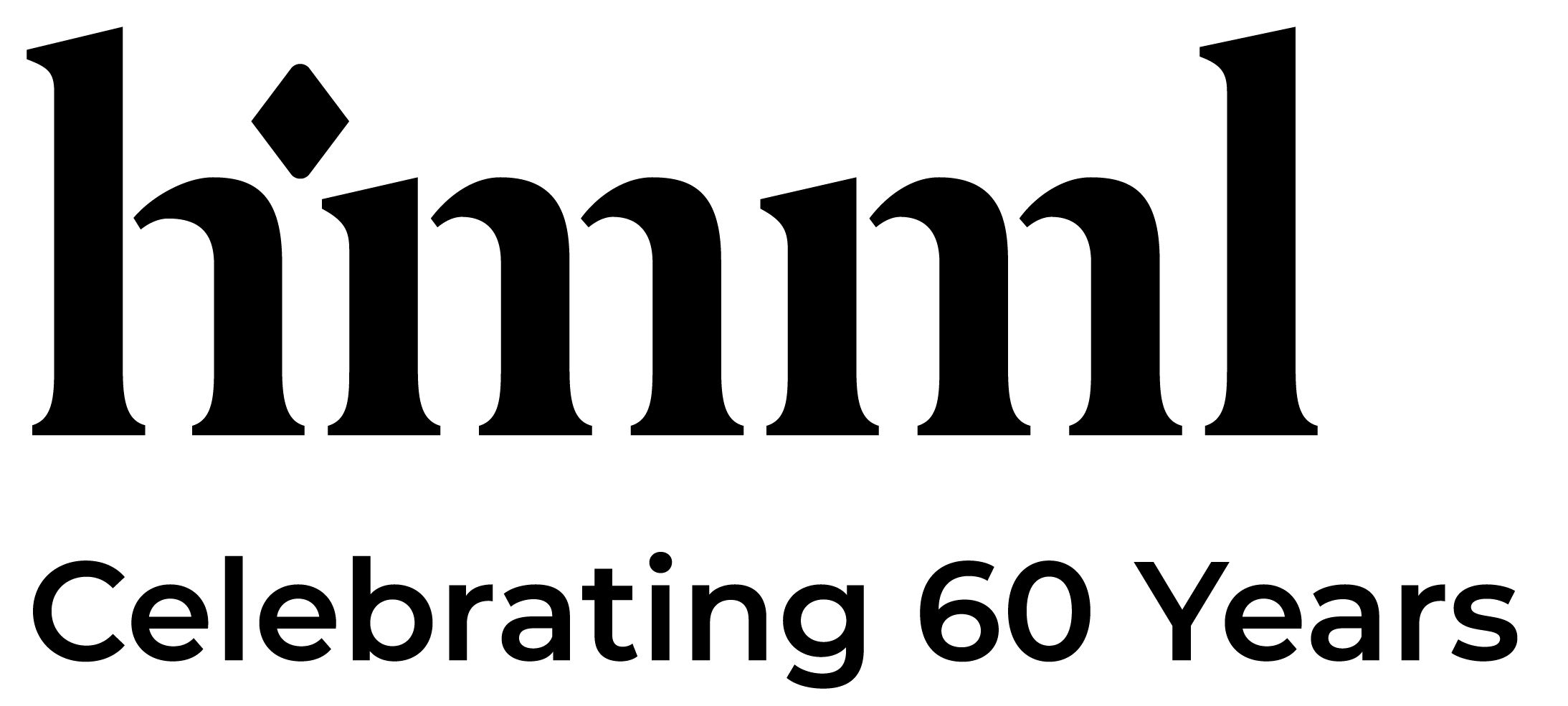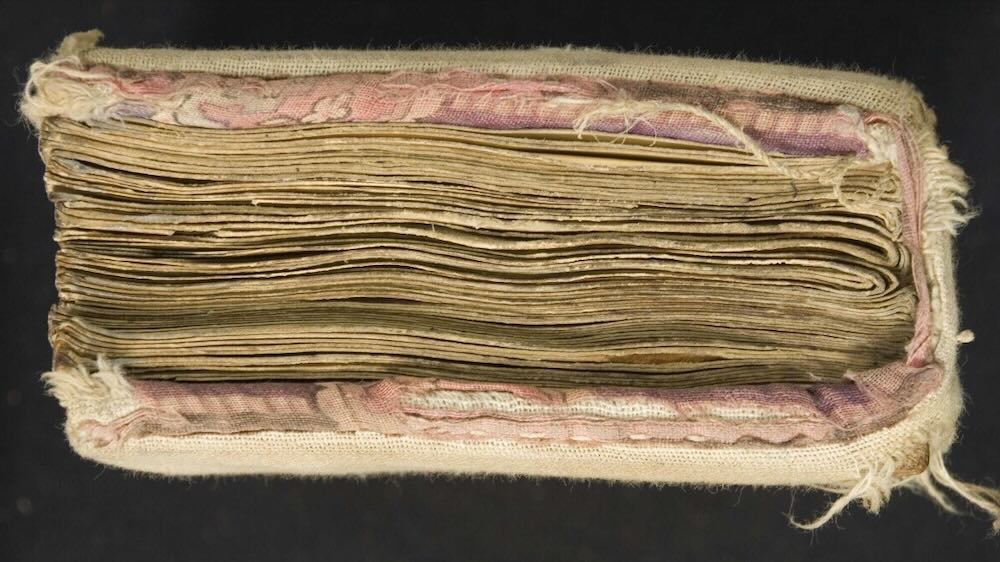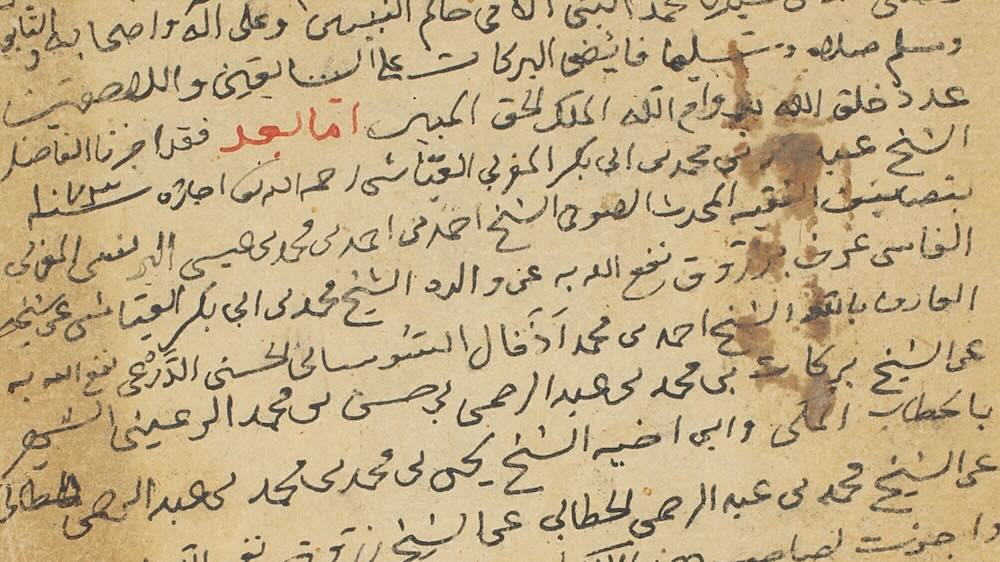Meet Dr. Jeremy R. Brown
Meet Dr. Jeremy R. Brown
Dr. Jeremy R. Brown, cataloger of Ethiopic manuscripts, began his work at HMML in 2023. Before joining HMML, Dr. Brown identified and translated manuscripts as the senior researcher, cataloger, and translator for the Princeton Ethiopian, Eritrean, and Egyptian Miracles of Mary digital humanities project. He has also taught courses on Geʻez, Syriac, and the history of the Christian Near East. Dr. Brown holds a BA from George Fox University in Newberg, Oregon, a MA from Portland Seminary in Portland, Oregon, and a PhD from the Catholic University of America in Washington, D.C.

What experiences led you to your work with HMML?
In 2006, I began working for Dr. Steve Delamarter as his research assistant on the Ethiopic Manuscript Imaging Project. We photographed thousands of Ethiopian manuscripts in collections around the world. We also traveled to HMML several times to research and to study with Professor Getatchew Haile. Getatchew generously provided a master class on dating Ethiopic manuscripts using handwriting analysis (paleography). I am grateful every day for that opportunity in my current work as the cataloger of Ethiopic manuscripts. Later, I went on to catalog the collection of Ethiopic manuscripts at the Catholic University of America. Additionally, I was the senior researcher, cataloger, and translator for the Princeton Ethiopic, Eritrean, and Egyptian Miracles of Mary digital humanities project. This work was instrumental in preparing me to join the team at HMML in 2023.
What excites you about your work?
There are new puzzles to solve every day. I look for clues that help explain where the manuscript came from, who the manuscript was copied for, and when the manuscript was copied.
For example, scribes in the Ethiopian tradition only occasionally write down dates of when a manuscript was copied. When looking to identify a date range for the book of the Mass (called the Missal or ቅዳሴ), you can often find the names of rulers and ecclesial figures. Identifying specific names means that you can establish a date range for when that manuscript was copied, rather than a broad estimate based on handwriting analysis. Locating a more exact date helps scholars to better understand chronological developments in texts and to identify trends in manuscript transmission and textual history.
Tell us about a project you've worked on at HMML that you're especially proud of, or that was meaningful to you.
It is a privilege to work on the Ethiopian Manuscript Microfilm Library (EMML) project. This project was started as a partnership more than 50 years ago with partners in Ethiopia and the United States. What the project was able to accomplish is incredible, photographing more than 9,000 manuscripts in Ethiopia during some of the most turbulent moments in Ethiopian history. It is an honor to be a part of the legacy of cataloging these manuscripts and to follow in the footprints of some of best catalogers of Ethiopian manuscripts. It was especially meaningful to be here for the completion of the digitization of the EMML microfilms at HMML, making these important manuscripts available to the world.
Why does cultural heritage preservation matter to you?
Due to a number of forces such as war, theft, and desperation, many Ethiopian manuscripts have drifted far from where they were created. Cultural heritage preservation offers an opportunity to reconnect a manuscript with the community that created it, and to also connect manuscripts with new communities that will read and study them.
The preservation of manuscripts honors the efforts and sacrifice of people who dedicated their energy to bring a manuscript to fruition. Preservation work provides new communities the opportunity to interact and engage with these important artifacts.
What do you like to do in your free time outside of HMML?
I spend a lot of my free time cheering my child on at various sporting events. I also enjoy cooking new recipes with my family and taking on woodworking projects, such as building planters and holiday decorations. Our family also loves traveling and searching for wildlife in the U.S. National Parks. Recently, we enjoyed searching for fossilized shark teeth in the Chesapeake Bay.



